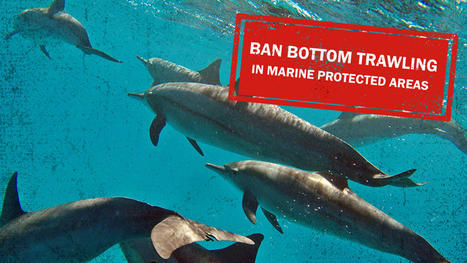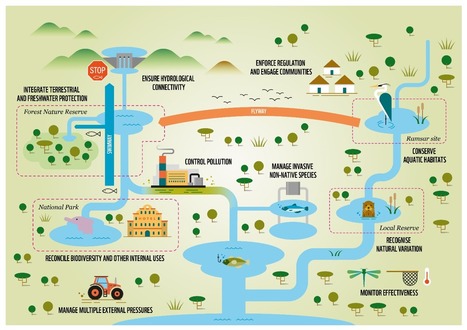A socioeconomic analysis commissioned by Seas At Risk and carried out by New Economics Foundation has revealed that a ban on bottom-contacting gear (bottom trawling and bottom dredging) in Marine Protected Areas would yield net benefits as soon as four years after the ban comes into force. The study highlights that after 13 years of such a ban, there would be €3.41 returned for every €1 spent, with a cumulative net gain equivalent to €8.4 billion over a 20-year period.
Research and publish the best content.
Get Started for FREE
Sign up with Facebook Sign up with X
I don't have a Facebook or a X account
Already have an account: Login
Ressources scientifiques et techniques sélectionnées par les documentalistes du Service Documentation L@Doc : Ressources - Formation - Appui à la recherche - Institut Agro Rennes-Angers : Ecologie marine, aquaculture, gestion des pêches, produits de la mer, gestion du littoral,sciences halieutiques
Curated by
Agrodoc Ouest
 Your new post is loading... Your new post is loading...
|
|











